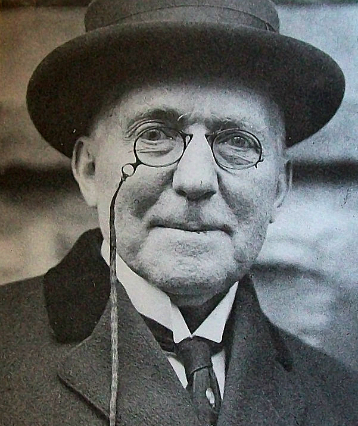Introduction
The father of James Whitcomb Riley (1849–1916) wanted him to become a lawyer, but his studies never amounted to anything. Instead, Riley discovered his talents lay in entertainment, especially poetry. As his fame grew, Riley toured the country, where he became noted for his ability at reciting his own verses. Often, he would recite his Civil War-themed poetry to veterans’ groups like the Grand Army of the Republic. He gained two nicknames: “The Hoosier Poet,” because his work often centered around his Indiana upbringing and employed Hoosier dialect; and “The Children’s Poet,” because children were the intended audience of much of his work. This rather different poem (1892) was adopted in the campaign to build a Soldiers and Sailors Monument in Indianapolis.
This poem asks directly about the relation between the materials and form of a soldiers’ monument and the once-living flesh-and-blood soldiers being memorialized. What do you think of the answers the poem gives (in verses 2 and 4) to the questions it asks (in verses 1 and 3)? What meaning can—and should—the monument lend to its subject and to the deeds of the men that it memorializes? What does the poem suggest is the most fitting image for conveying that meaning? What does it imply that any such monument should do, and for whom? What do you think a monument should do and for whom?



Post a Comment